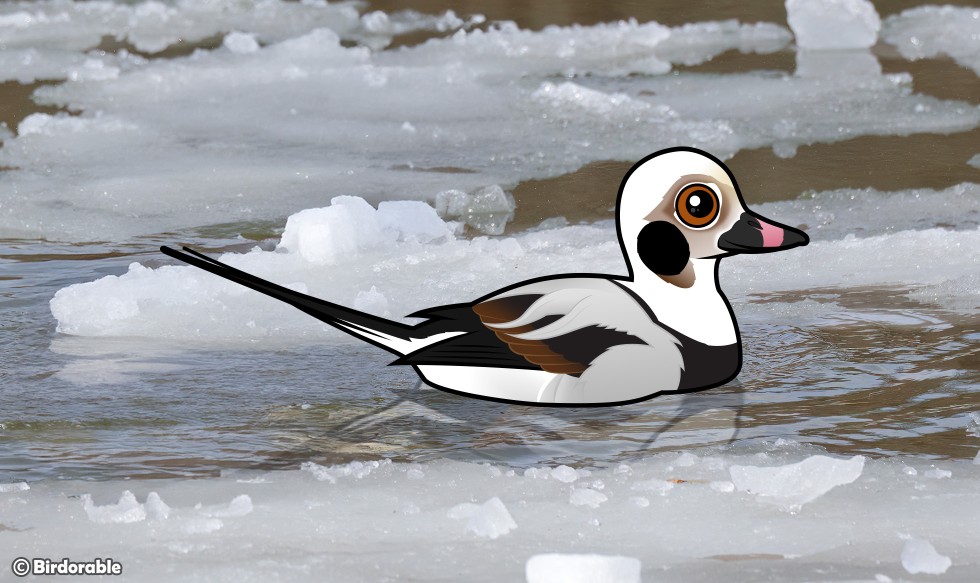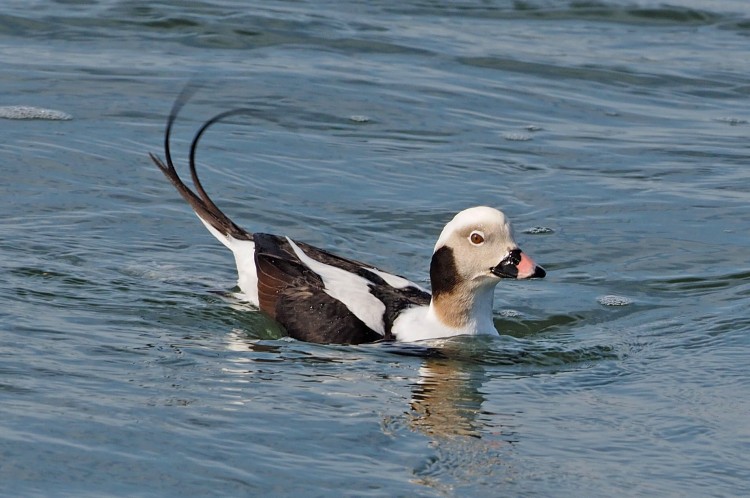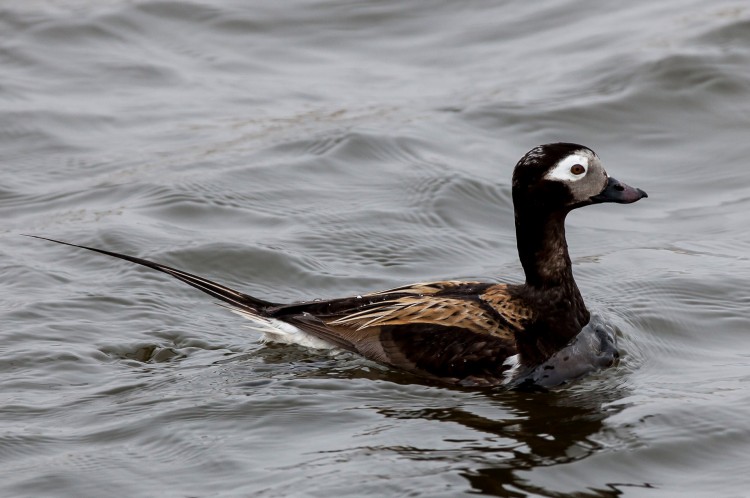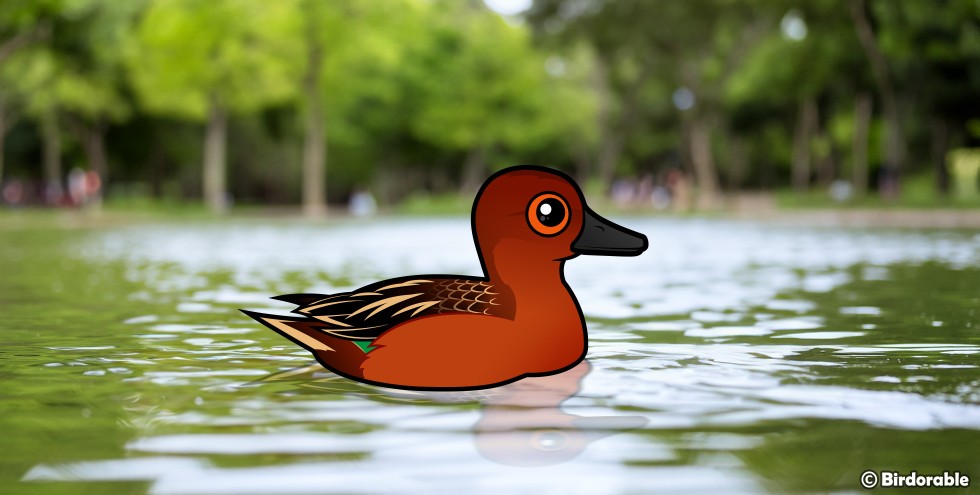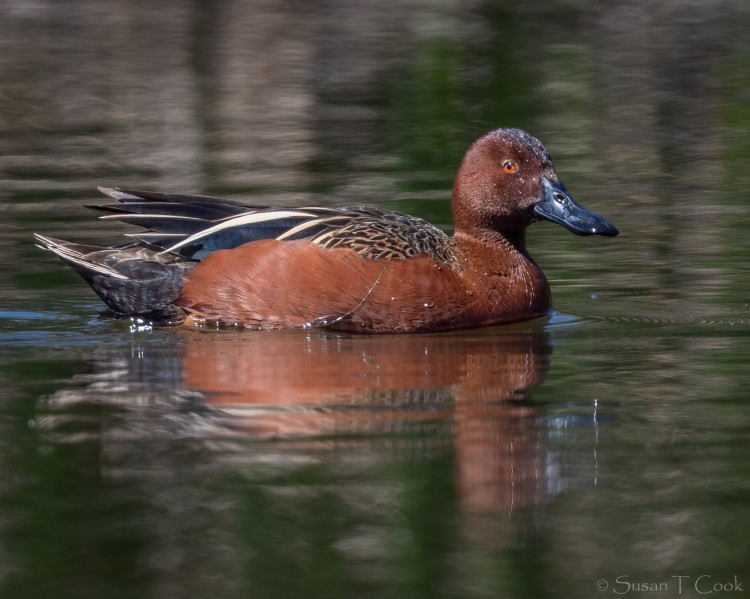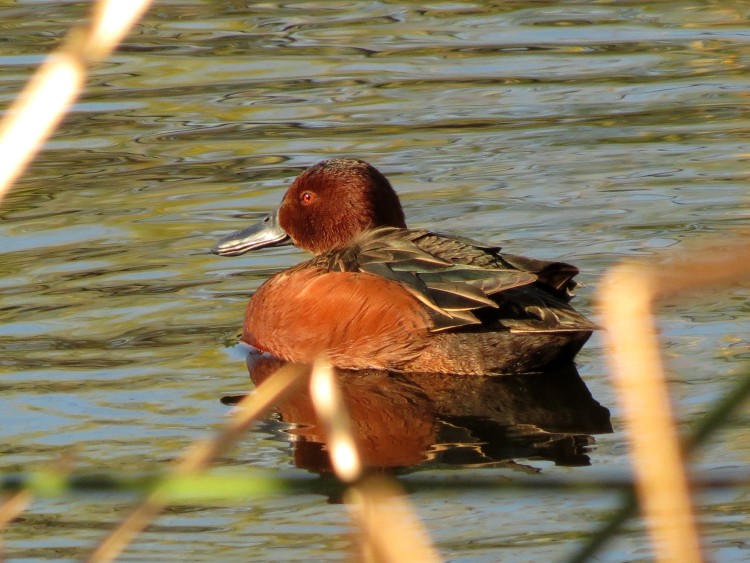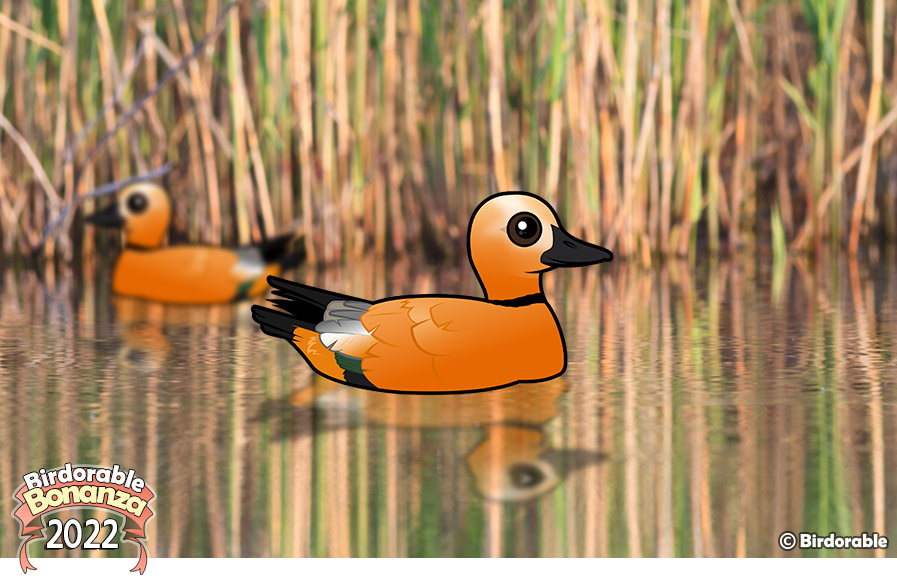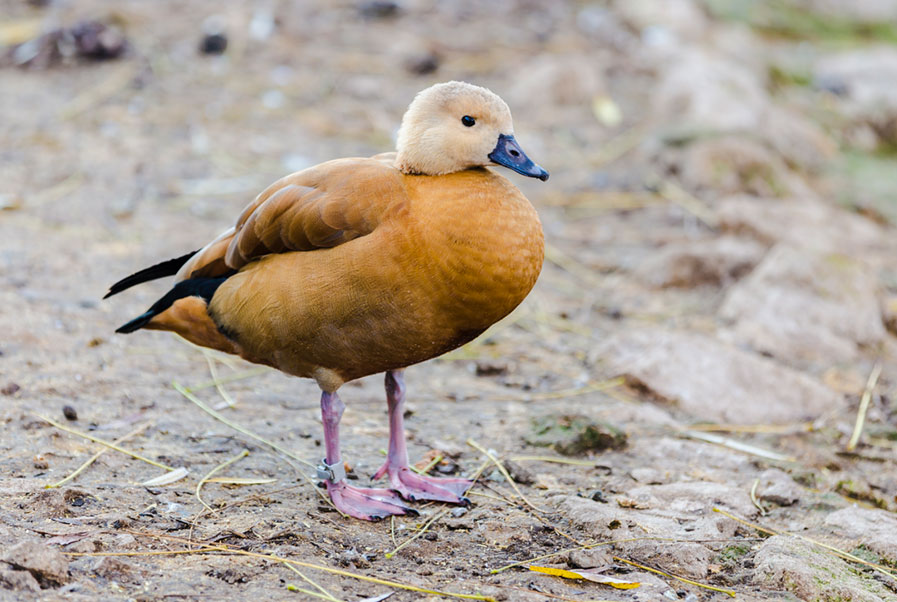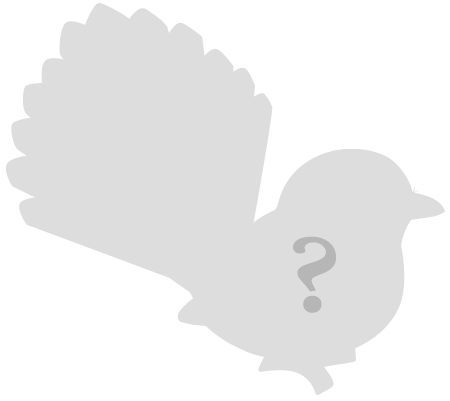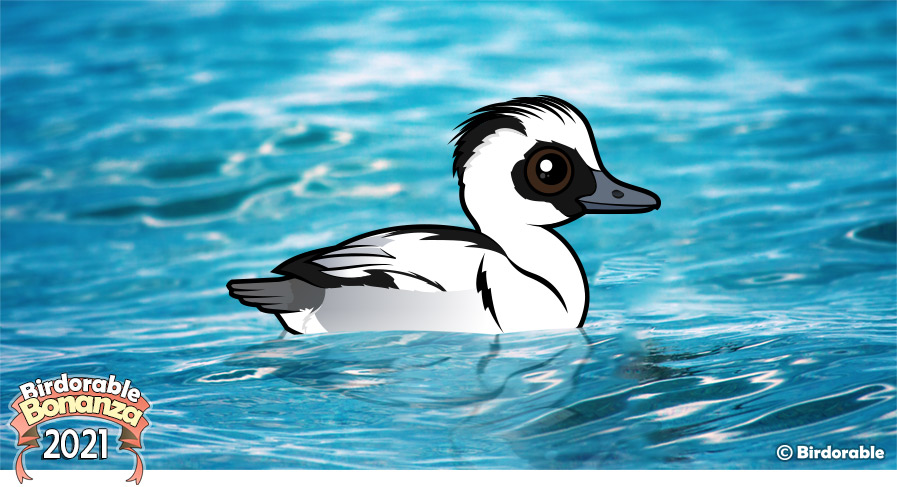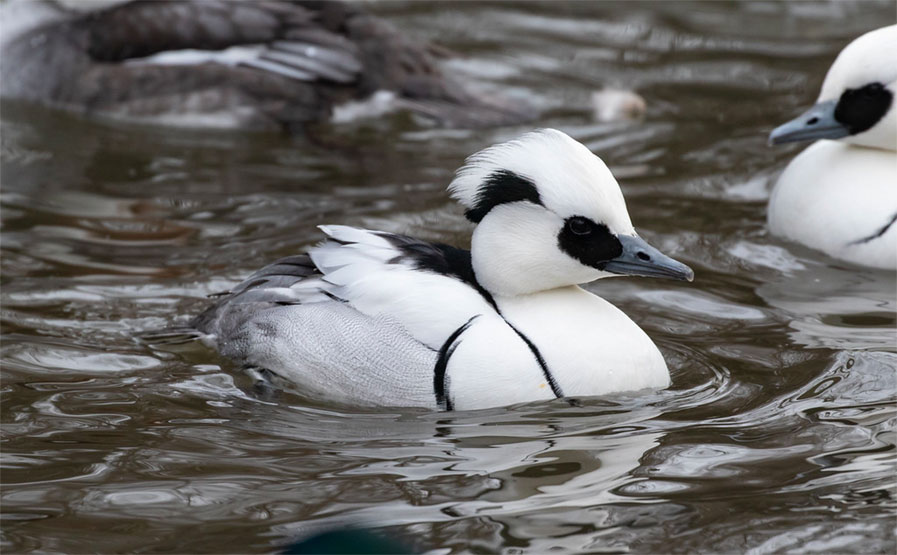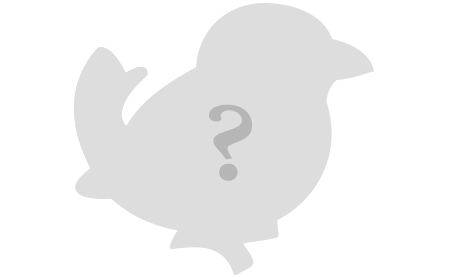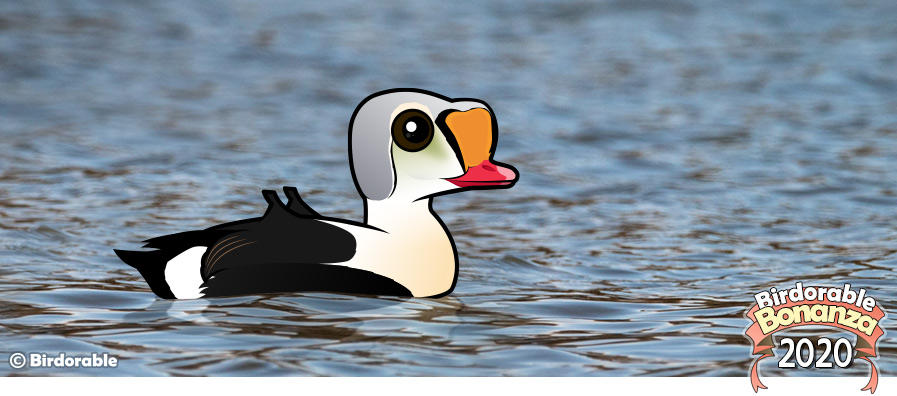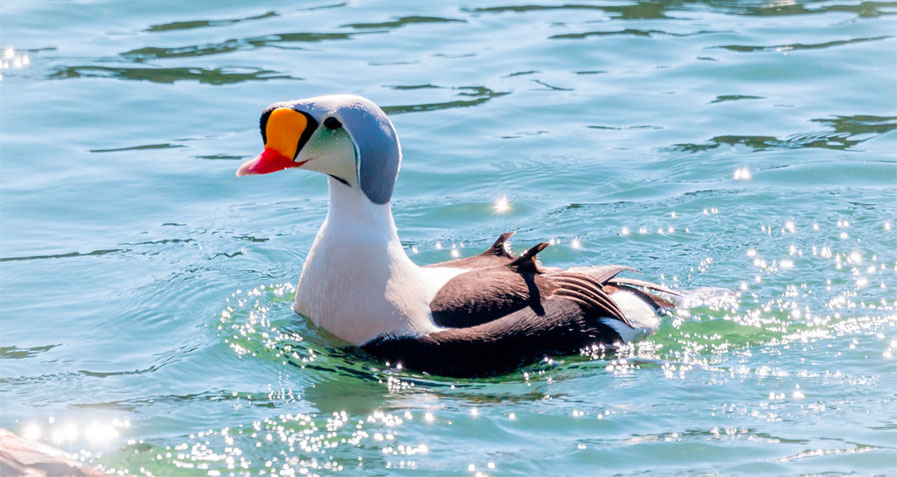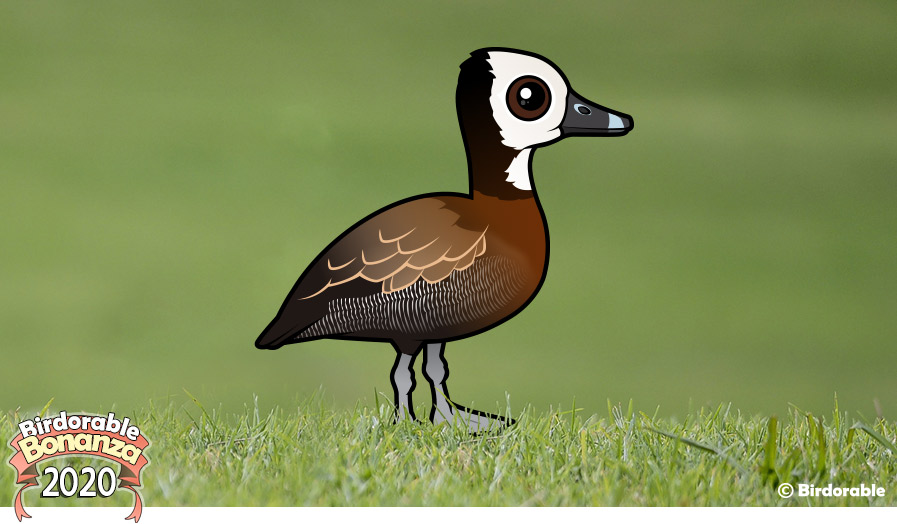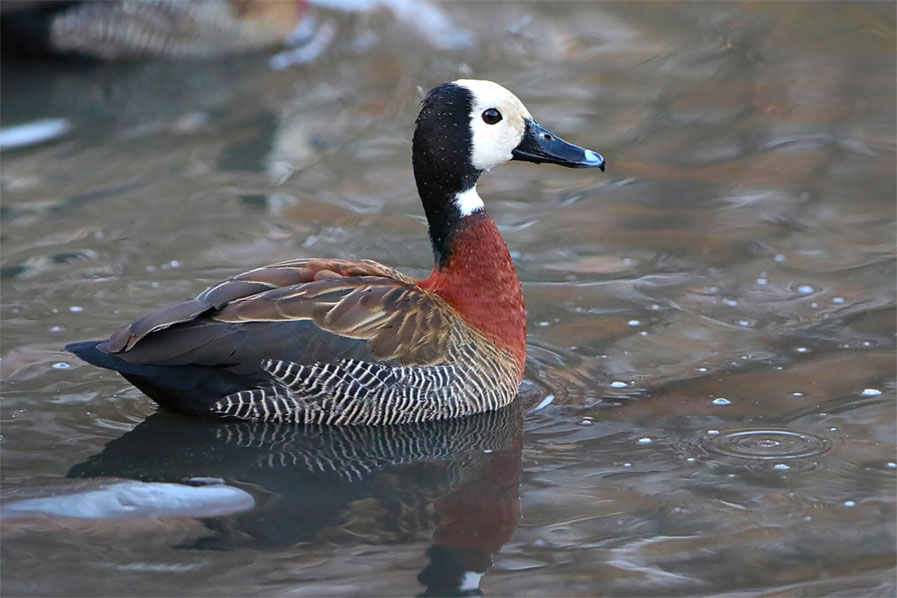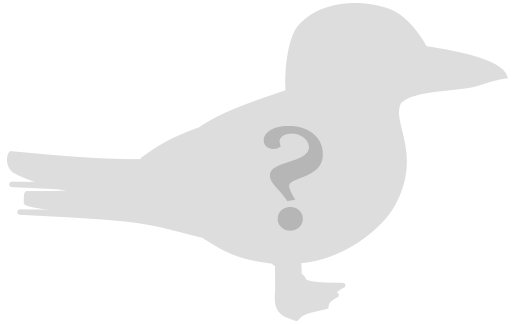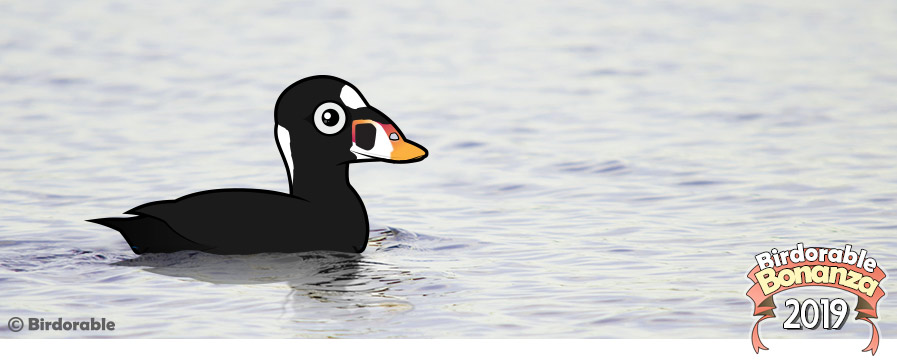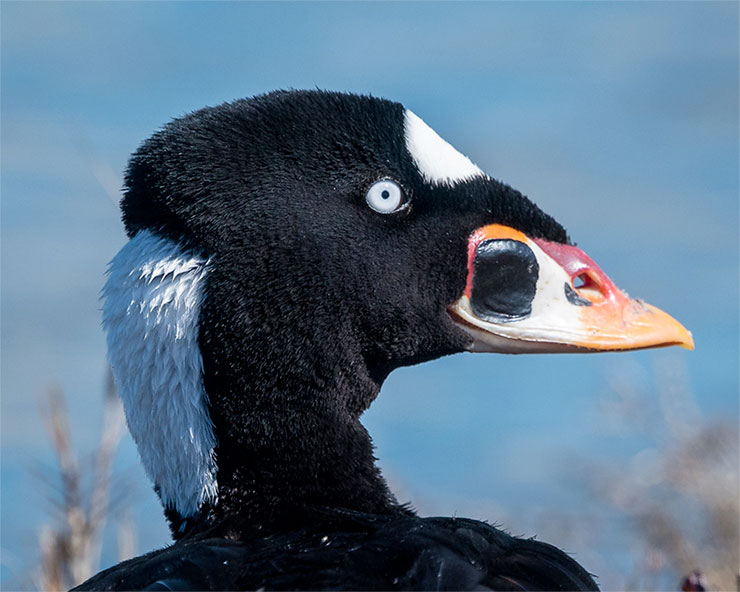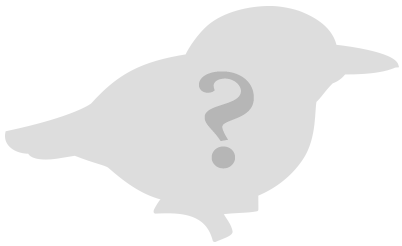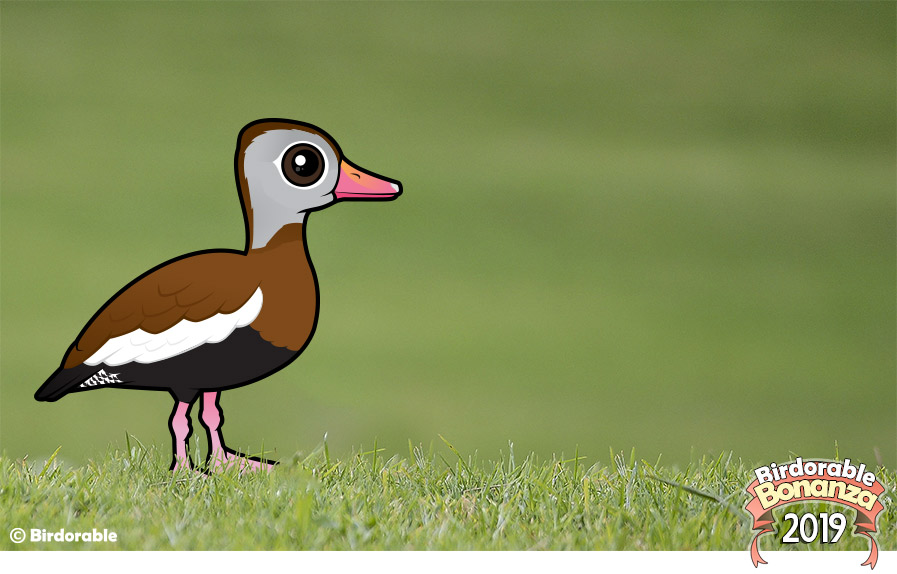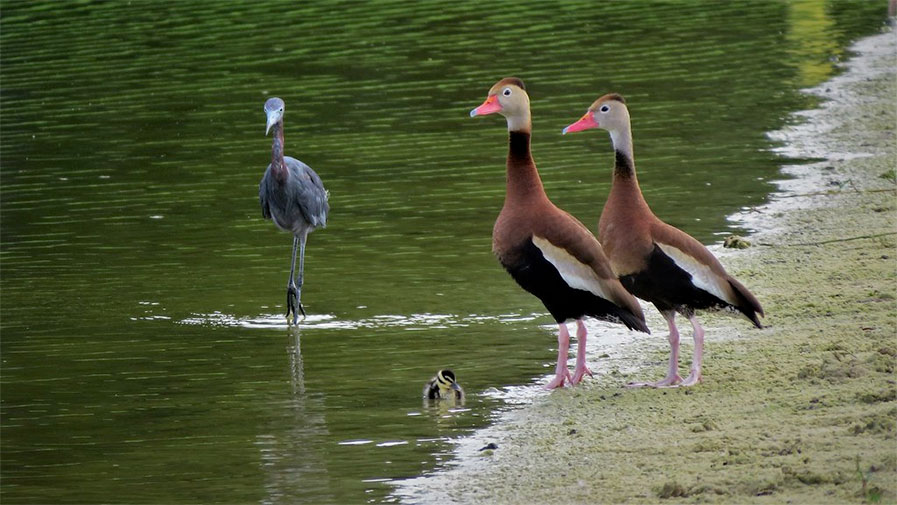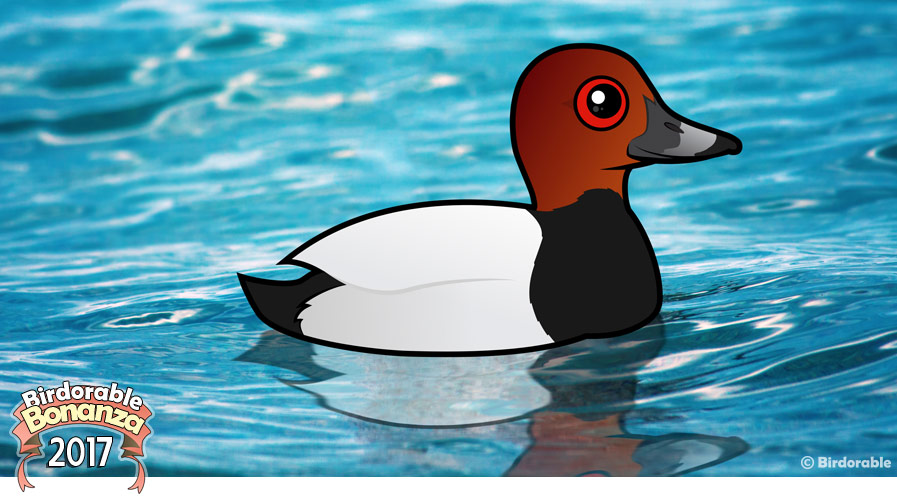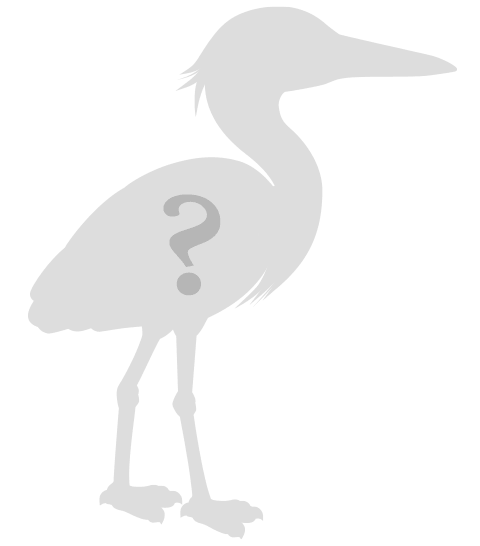Species Profile
The Knob-billed Duck: A Polygamous Perching Duck
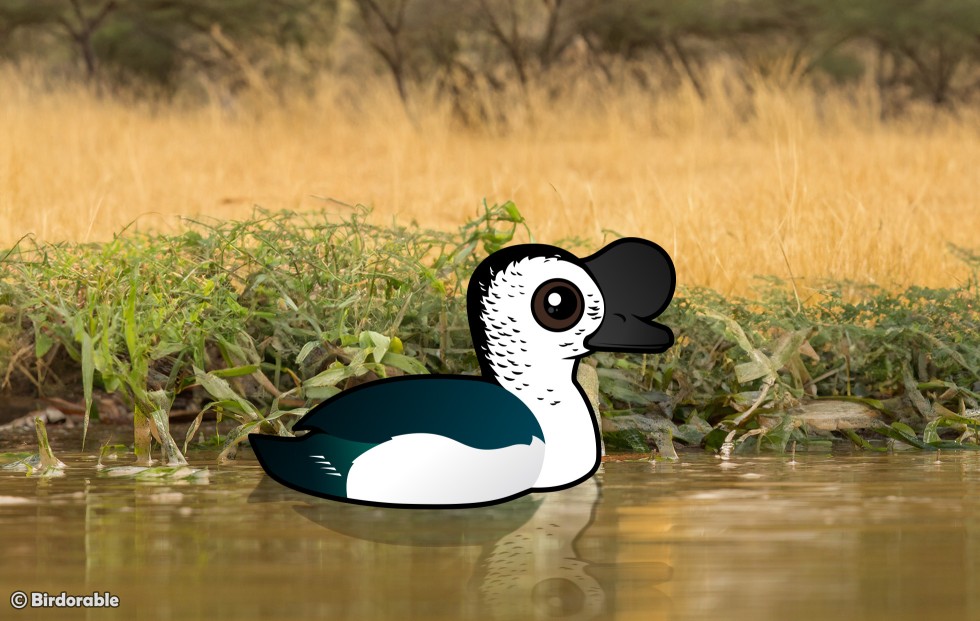
The Knob-billed Duck is a unique and striking waterfowl species found in tropical wetlands across sub-Saharan Africa and parts of south Asia. Closely related to the similar-looking Comb Duck, this large duck is easily recognized by the prominent roundish knob on the bills of males, a feature that gives the species its name.
Males are larger than females and sport a noticeable black, fleshy knob on top of their bill, which becomes more pronounced during the breeding season. Both sexes have a glossy black head and upper body, often speckled with white, while their underparts are mostly white. Their wings are iridescent green and blue, adding to their striking appearance, especially in flight.
Knob-billed Ducks prefer freshwater habitats like lakes, marshes, and slow-moving rivers, where they forage for seeds, aquatic plants, and small invertebrates. Unlike many duck species, they frequently perch in trees, and nest in tree hollows or dense vegetation near water. They are known for their somewhat loose social structure, sometimes forming small groups but often seen alone or in pairs.
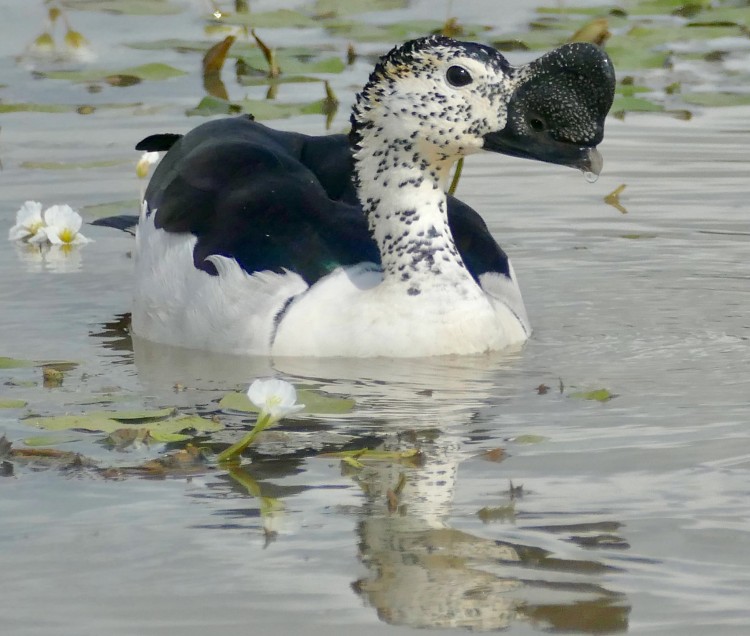
Knob-billed Duck male by Bernard DUPONT [CC BY-SA 2.0]
A fascinating aspect of Knob-billed Duck behavior is their polygamous breeding system. The word polygamous means having more than one breeding partner. In nature, some animals are polygamous, meaning one animal may have many mates instead of just one. Male Knob-billed Ducks may mate with multiple female ducks, and nests often contain eggs from different mother birds. Males have been known to have "harems" of up to four female birds, with one female being dominant over the others. After hatching, ducklings are cared for by the females, while males do not take part in raising the young.
Although the species is not currently threatened, habitat destruction and hunting pressure have caused local declines in some areas. Their widespread range helps ensure their survival, but conservation efforts are important to protect their wetland habitats.
The Knob-billed Duck joined our Birdorable waterfowl family in November, 2013.










